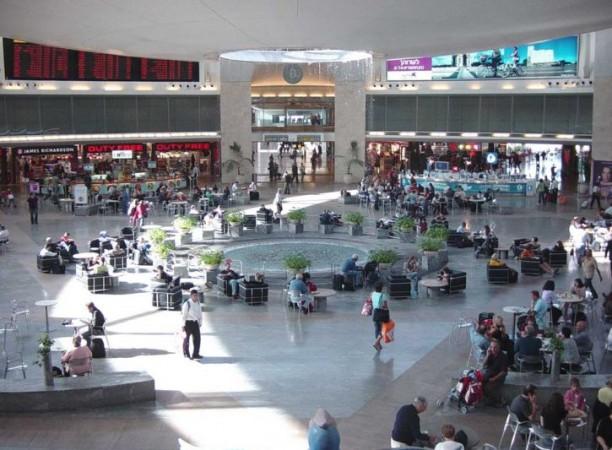
Flyers travelling from non-metro cities to international destinations have fuelled sales of duty-free shops in small cities like Jaipur, Amritsar and Goa. Assessment of shopping behaviour hinted that the flyers often opted for single malts and expensive perfumes.
Over the next six to seven years, the Airport Authority of India (AAI) will invest $12 billion for construction and expansion of airports in non-metro cities. More than 10 airports would have a larger range of duty-free shopping, The Economic Times said.
"Nowadays, customers from non-metro cities have become very well informed, and there has been a rise in the number of flyers from such cities over the past two years. A growth in their disposable income fuels their buying behaviour. All these have helped us in boosting sales in non-metro cities such as Lucknow, Amritsar, Jaipur, Mangalore, etc," Anirban Dutta Chowdhury, CEO at Flemingo International -- the operator of duty free shops in India, was quoted as saying by the publication.
Flemingo International reportedly operates in 11 Indian cities: Calicut, Goa, Ahmedabad, Trivandrum, Kochi, Chennai, Kolkata, Jaipur, Mangalore, Lucknow and Amritsar. Of these, the company gets 55% of its India business from the two metro cities mentioned above, while the rest reportedly comes from non-metro cities.
Domestic duty-free shops offer discounts and a wide range of imported chocolates and premium liquor brands, thereby attracting travellers to spend more in India when compared to duty free shops overseas.
"For instance, in Calicut, the stuff most sold was supermarket products. People used to buy huge packets of milk powder Nido and soft drink Tang. We were selling them in container loads. But that is now changing to brandies and cognacs. There is a huge demand for entry level, or sub $30 liquor brands," Chowdhury added.
The chunk of duty free business has "grown substantially" and will continue to grow further. Contribution of Indians to duty free sales grew to 90% between 2012-15, the publication added.














